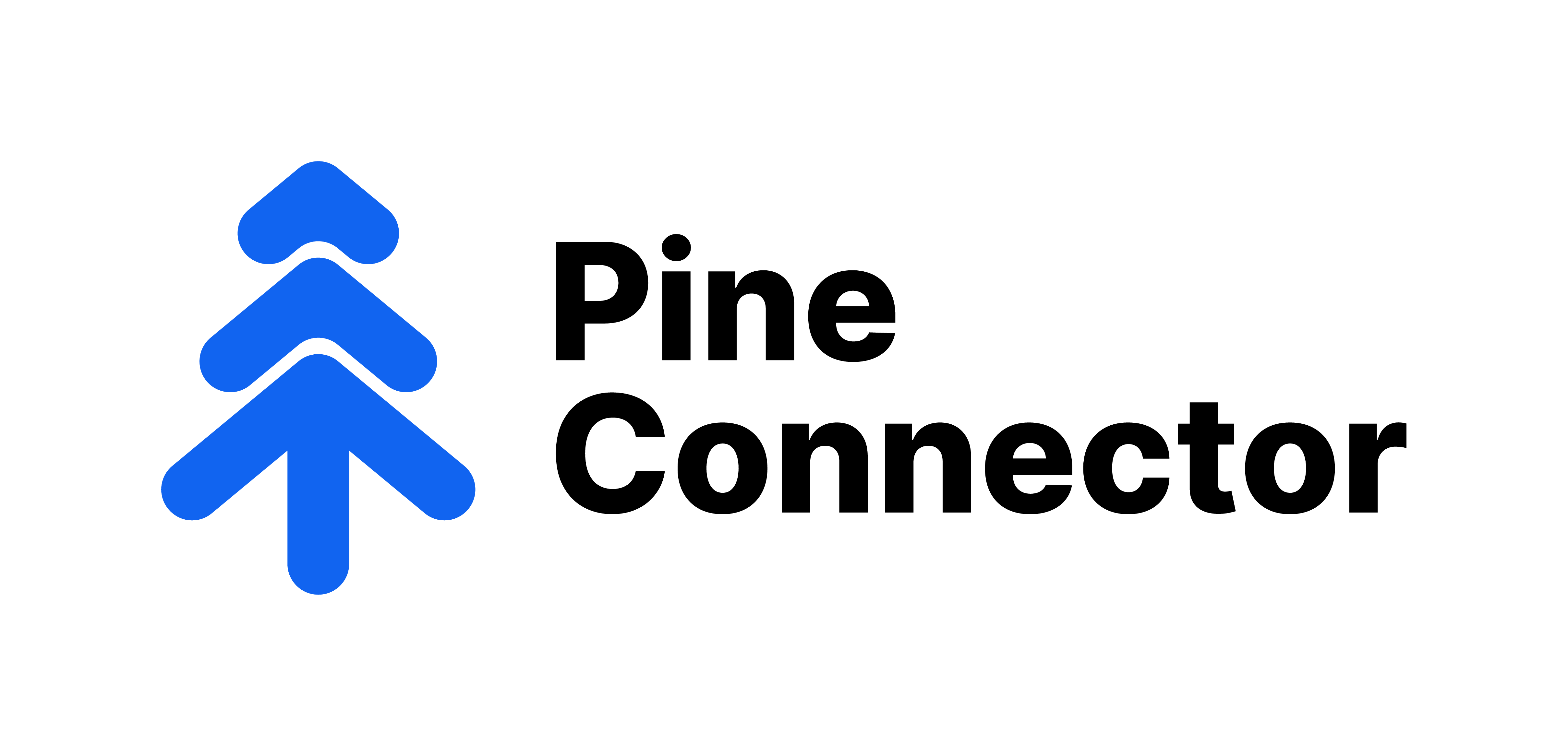Algorithmic trading has revolutionized the investment landscape by using cutting-edge technology to navigate financial markets. Amidst the complex algorithms and fast executions, transaction costs are crucial in determining success or failure for traders and investors.
Transaction costs can be defined as the fees that are incurred when buying or selling a financial instrument. While these fees may seem small, they can add up quickly, eating away at potential profits if not managed properly. By understanding and managing transaction costs, traders and investors can open up a wide range of opportunities for profit maximization. In this exploration, we delve into algorithmic trading and uncover the significance of transaction costs.
The Hidden Impact of Transaction Costs

Transaction costs, the often-overlooked expenses associated with buying and selling financial assets, lurk in the shadows of algorithmic trading. These costs comprise many elements, including brokerage commissions, market spreads, slippage, exchange fees, and regulatory charges. While these fees may seem trifling on a per-trade basis, they can accumulate to substantially drain overall returns.
At the heart of algorithmic trading lies the pursuit of efficiency. These sophisticated strategies aim to execute many trades rapidly and seamlessly, capitalizing on fleeting market opportunities. High-frequency trading (HFT) algorithms, in particular, are renowned for their ability to profit from even the tiniest price discrepancies.
However, the success of algorithmic trading hinges on the capacity to minimize transaction costs. The faster and more frequently trades are executed, the more these costs can accumulate. Due to their rapid-fire trading nature, high-frequency traders are especially susceptible to these expenses. Consequently, understanding and effectively managing transaction costs become pivotal.
Key Factors Impacting Transaction Costs
To navigate the terrain of algorithmic trading successfully, one must grasp the factors influencing transaction costs. Here are some key considerations:
- Market Liquidity: Liquidity plays a central role in determining transaction costs. Highly liquid markets tend to offer narrower spreads and lower slippage, thus reducing costs. Conversely, illiquid markets can be costlier to navigate due to wider spreads and heightened price volatility.
- Order Size: The size of an order can exert a profound impact on transaction costs. Larger orders may encounter more substantial market impact costs, as they can significantly influence prices upon execution.
- Trading Frequency: The very essence of high-frequency trading entails heightened transaction costs due to rapid trade execution. Therefore, high-frequency traders must hone their strategies to mitigate these costs without compromising profitability.
- Broker Selection: The choice of a broker can substantially affect transaction costs. Different brokers offer varying fee structures, which can significantly influence the bottom line. Thoroughly researching and selecting a broker aligned with your trading strategy is paramount.
- Bid-Ask Spreads: The bid-ask spread represents the difference between an asset's buying and selling prices. In highly liquid markets, such as major currency pairs or large-cap stocks, spreads may be as low as a few cents. However, spreads can be much wider in less liquid markets, potentially eroding profits.
- Market Impact Costs: When a large order is executed in the market, it can influence the asset's price. This impact can result in slippage, where the executed price differs from the intended price, leading to higher transaction costs.
- Regulatory Fees: Exchanges and regulatory bodies often impose fees on trades. These fees vary by exchange and trading volume, further contributing to transaction costs.
Transaction costs are a critical consideration for traders, as they directly impact the profitability of each trade. PineConnector, an innovative platform, bridges the gap between TradingView and MetaTrader 5 (MT5), offering traders an invaluable advantage in managing transaction costs.
By seamlessly connecting these two powerful trading platforms, PineConnector facilitates efficient and precise trading execution. It enables traders to analyze charts, identify entry and exit points, and execute orders on MT5 directly from TradingView. This integration streamlines the trading process, reducing latency and ensuring that traders can capitalize on market opportunities swiftly.
The Impact on Algorithmic Trading Strategies
Now that we understand the financial implications let's explore how transaction costs can affect algorithmic trading strategies:
- Profitability: High transaction costs can eat into profits and, in some cases, turn profitable strategies into losing ones. Minimizing these costs is essential for sustaining profitability.
- Frequency and Volume: Algorithmic trading often involves executing a large number of orders at a high frequency. As a result, even slight increases in transaction costs can have a substantial impact on overall returns.
- Risk Management: Effective risk management in algorithmic trading should include a comprehensive assessment of transaction costs. Ignoring these costs may lead to underestimating the potential downside of a trading strategy.
- Strategy Development: Traders must factor in transaction costs when developing and back-testing algorithmic trading strategies. This ensures that the strategies remain viable in real-world trading conditions.
Reducing Transaction Costs

The cornerstone of cost management in algorithmic trading is the skillful optimization of order execution. Employing smart order routing algorithms is paramount in this endeavor. These algorithms are designed to do much more than simply execute trades; they are finely tuned to minimize transaction costs. They achieve this by intelligently selecting the most favorable execution venues and timing for each trade. By doing so, they aim to secure the best possible price while avoiding slippage and excessive market impact.
Liquidity is the lifeblood of efficient trading. To minimize transaction costs, it's crucial to focus on trading assets with ample liquidity. Highly liquid assets often have narrow bid-ask spreads, reducing the gap between buying and selling prices. Additionally, they tend to be less prone to significant market impact costs. By carefully assessing liquidity, you can steer your trading strategies toward assets that offer favorable cost dynamics.
The art of negotiation comes into play when dealing with brokers. In the competitive world of algorithmic trading, every basis point counts. Therefore, it's in your best interest to negotiate with brokers for lower commission rates. Brokers often have flexibility in setting their fees, particularly for high-frequency traders who generate substantial trading volumes. Additionally, explore fee rebate programs, which can be particularly advantageous for high-frequency trading strategies. These programs offer incentives and rebates based on trading volume, further reducing your transaction costs.
As algorithmic trading continues to evolve, so do the algorithms used to execute trades. Utilizing advanced trading algorithms is key to minimizing slippage and executing trades with minimal market impact. These algorithms are finely tuned to respond to changing market conditions in real time. They incorporate sophisticated models that assess price movements and liquidity to ensure that trades are executed at the most favorable prices. By deploying advanced algorithms, you can significantly mitigate the impact of transaction costs on your trading strategies.
While minimizing transaction costs is imperative, there exists a peril: over-optimization. Traders overly fixated on cost reduction may inadvertently create algorithms that are overly cautious or excessively complex. This can lead to missed trading opportunities or diminished profitability. Striking the delicate balance between cost management and trading efficiency is an art that successful algorithmic traders must master.
Transaction Cost Analysis (TCA)
One indispensable tool in managing transaction costs is Transaction Cost Analysis (TCA). TCA involves systematic measurement and evaluation of transaction costs, offering insights to identify areas for improvement. It empowers traders to fine-tune their algorithms, adapt trading strategies, and make well-informed decisions about the timing and manner of trade execution.
Conclusion
Investors and traders must adopt a holistic perspective, recognizing that transaction costs are not isolated entities but integral components of the trading process. By optimizing strategies, selecting the right broker, and implementing Transaction Cost Analysis, traders can strike the delicate balance between cost management and efficient execution, ultimately enhancing their prospects of success in this fiercely competitive arena.
In a field where precision and attention to detail reign supreme, keeping transaction costs in mind is a fundamental step toward achieving algorithmic trading excellence. This knowledge can turn what might seem like a trivial expense into a powerful lever for enhancing your trading performance and ensuring lasting success in algorithmic trading.
Take control of your trading destiny with PineConnector! Learn more about how our platform not only optimizes your strategies but also helps you minimize transaction costs, ensuring every trade counts. Start saving and earning with PineConnector today!
Sources
- https://blog.quantinsti.com/automated-trading-system/#:~:text=Algorithmic%20trading%20is%20the%20subset,systems%20execute%20the%20provided%20orders.
- https://www.pineconnector.com/blogs/pico-blog/bridging-the-gap-tradingview-to-mt5-automation
- https://www.pineconnector.com/blogs/pico-blog/what-is-the-difference-between-algo-trading-and-automated-trading
- https://www.cfainstitute.org/en/membership/professional-development/refresher-readings/trading-costs-electronic-markets#:~:text=Transaction%20costs%20include%20explicit%20costs,trade%20on%20the%20price%20received.
- https://www.investor.gov/introduction-investing/investing-basics/glossary/liquidity-or-marketability
- https://www.pineconnector.com/
- https://www.spglobal.com/marketintelligence/en/mi/products/transaction-cost-analysis.html



